Consulting Services
Quantitative Risk Assessments (QRA) (MHI Risk Assessment)
We help you quantify the risks of fires, explosions, and toxic releases—giving you the insight needed to make safety investments with confidence.
What We Do:
- Identify potential hazards using HAZID or HAZOP results
- Estimate event frequencies using failure data (e.g., OREDA)
- Model consequences with industry software like PHAST or Gexcon
- Calculate and visualize risk (e.g., FN curves, risk contours)
- Recommend targeted mitigation measures or ALARP justifications
Standards We Follow:
CCPS RBPS Guidelines, UK HSE R2P2, API 754, SANS 1461
Hazardous Area Classification (HAC)
We classify areas where explosive atmospheres may form, helping ensure compliant and safe equipment selection in line with ATEX and IEC standards.
Our Approach:
- Review flammable material properties and release potential
- Assess ventilation to determine gas cloud behaviour
- Assign gas (Zone 0/1/2) or dust (Zone 20/21/22) zones
- Prepare detailed area classification drawings and equipment specs
Standards We Use:
IEC 60079-10, ATEX 2014/34/EU, NFPA 497/499, SANS 10108

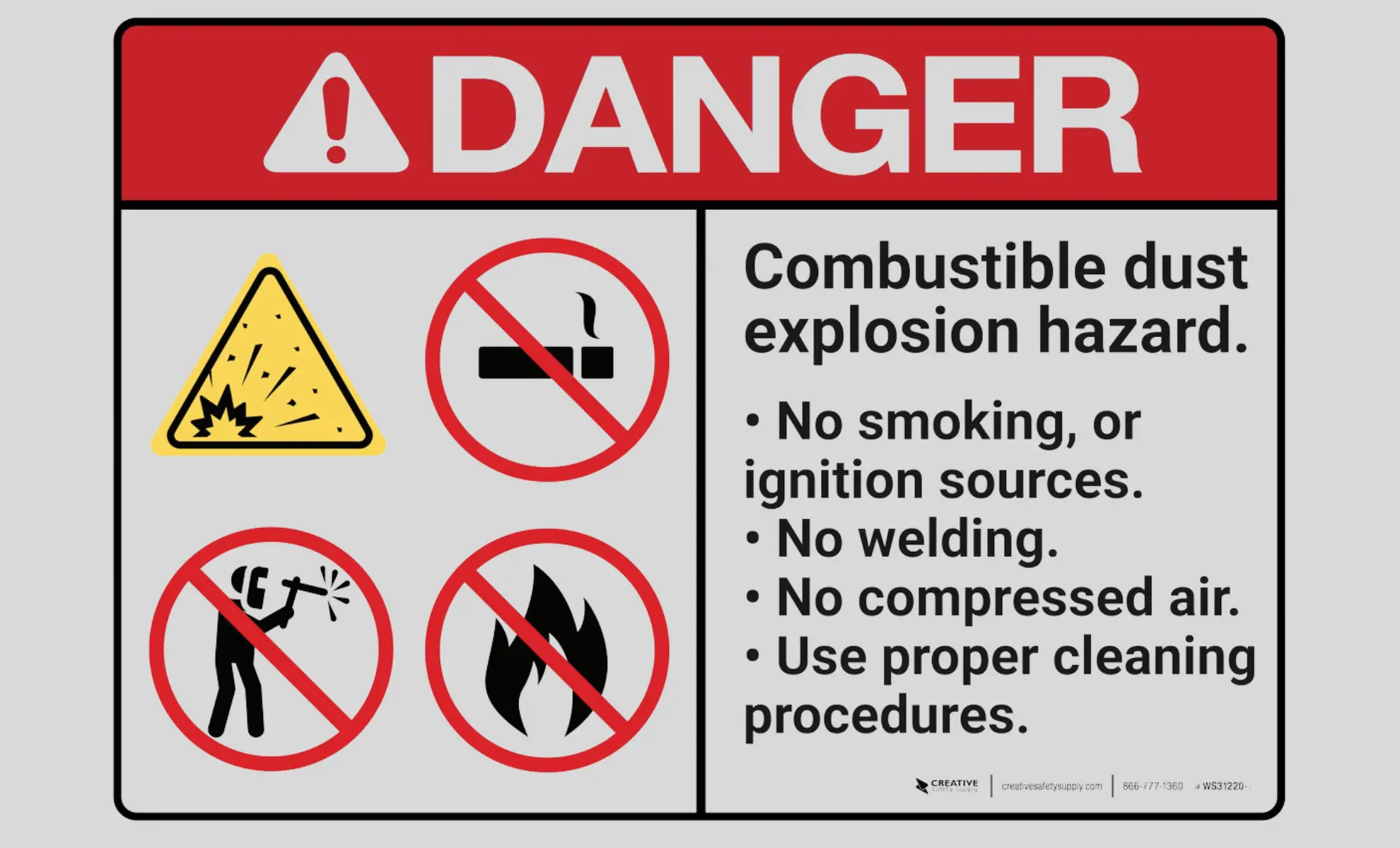
Fire & Explosion Risk Assessments (FERA)
We evaluate fire and explosion risks at your facility and recommend mitigation strategies that reduce escalation potential.
Our Scope Includes:
- Developing credible scenarios (jet fire, flash fire, VCE)
- Assessing ignition sources and likelihood
- Modeling thermal radiation and blast overpressure
- Ranking risks and identifying protective measures (e.g., fireproofing, spacing)
Standards Applied:
API 521, NFPA 68 & 69, BS EN 14491
Fire & Gas Detection Layouts
We design optimized layouts for fire and gas detectors, ensuring early hazard detection and
How We Help (continued):
- Select the right detector types (flame, point, open-path)
- Use advanced 3D modeling tools (e.g., Flacs to optimize placement
- Design for redundancy and coverage reliability
- Integrate testing and maintenance strategies to ensure system uptime
Standards Followed:
ISA TR84.00.07, NFPA 72, IEC 61511
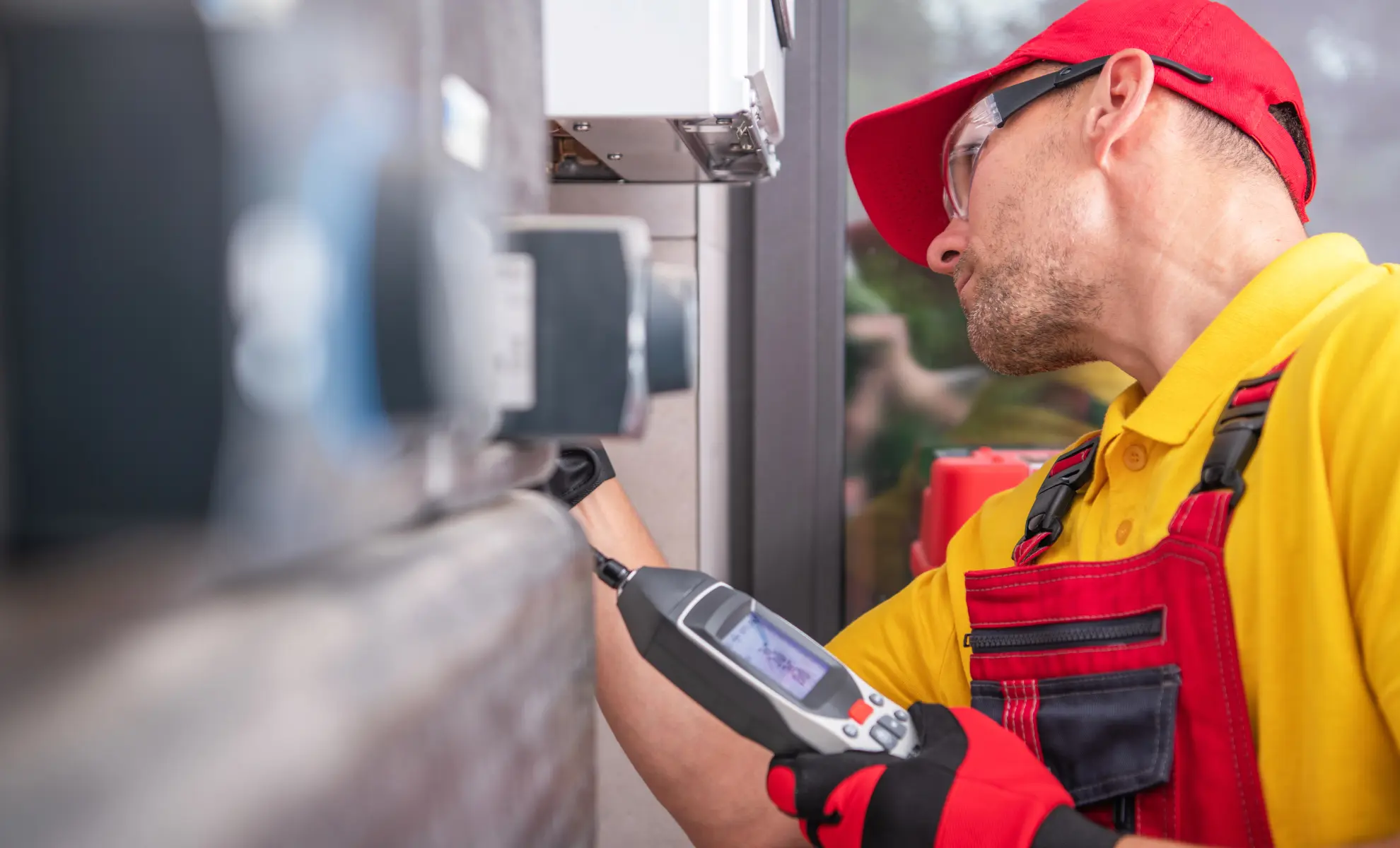
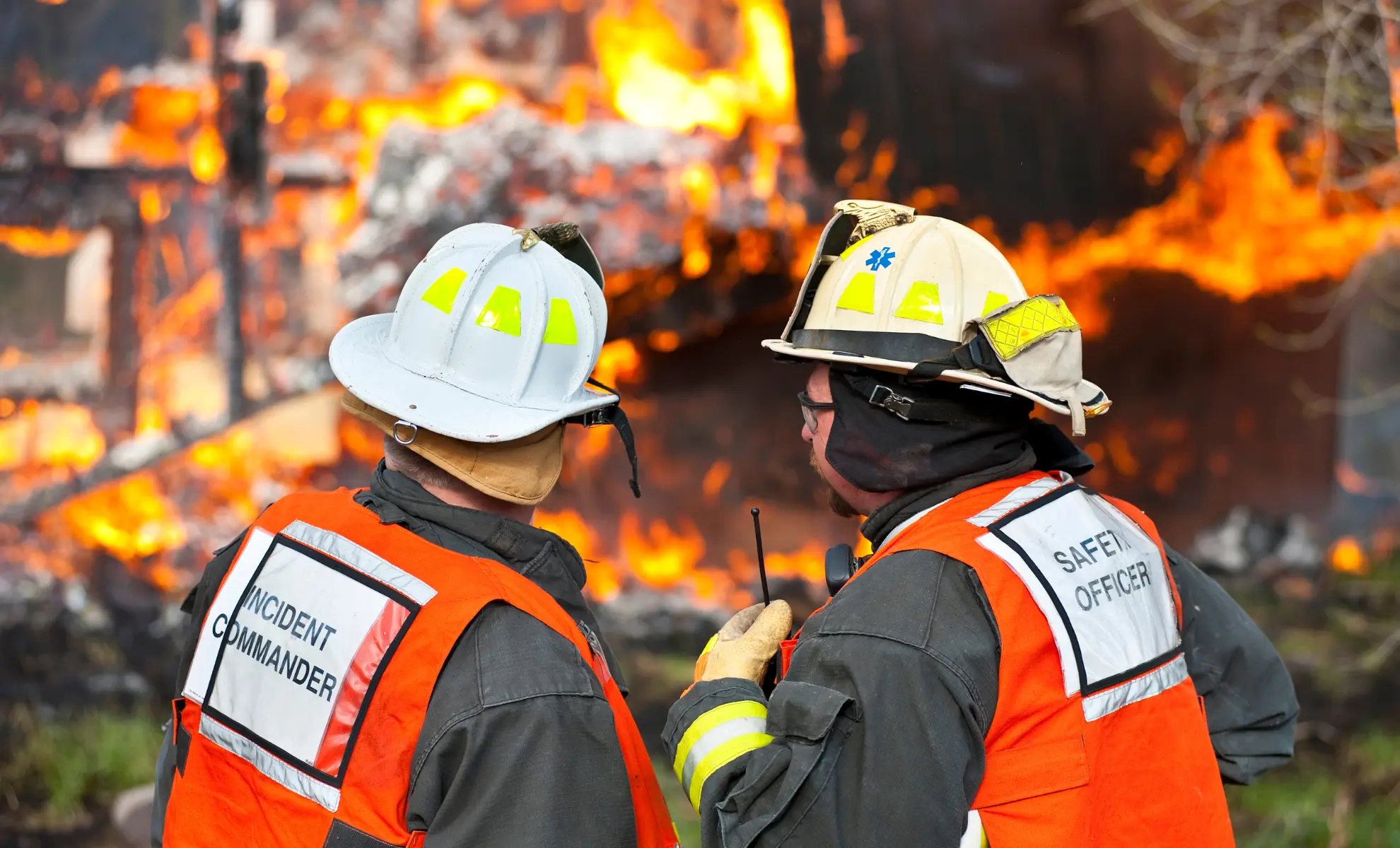
Process Safety Audits
We conduct independent, thorough audits to evaluate the effectiveness of your Process Safety Management System (PSMS) and identify areas for improvement.
Audit Scope:
- Review key documents: P&IDs, procedures, safety reports
- Interview personnel and conduct site walkdowns
- Test critical systems (e.g., permit-to-work, SIS, alarm management)
- Benchmark against OSHA PSM, ISO 45001, and CCPS frameworks
- Deliver clear, risk-prioritized action plans
Standards Referenced:
OSHA 1910.119, ISO 45001, CCPS RBPS


HAZOP (Hazard and Operability) Studies
A HAZOP (Hazard and Operability) study is a structured and systematic technique for examining potential hazards and operability problems in a process system. It is typically applied to complex systems such as chemical plants, oil & gas facilities, and other high-risk industrial operations.
The study is qualitative in nature and is conducted by a multidisciplinary team using a guided brainstorming approach to identify deviations from design intent that could lead to hazardous situations or operational issues.
We facilitate structured HAZOP workshops to identify potential process deviations and ensure robust safeguards are in place.
Our Method:
- Divide systems into logical “nodes” using P&IDs
- Apply guidewords like “No flow,” “High pressure,” or “Reverse”
- Identify causes, consequences, and existing protections
- Recommend improvements to design, procedures, or instrumentation
Standards Used:
IEC 61882, CCPS Hazard Evaluation Guidelines
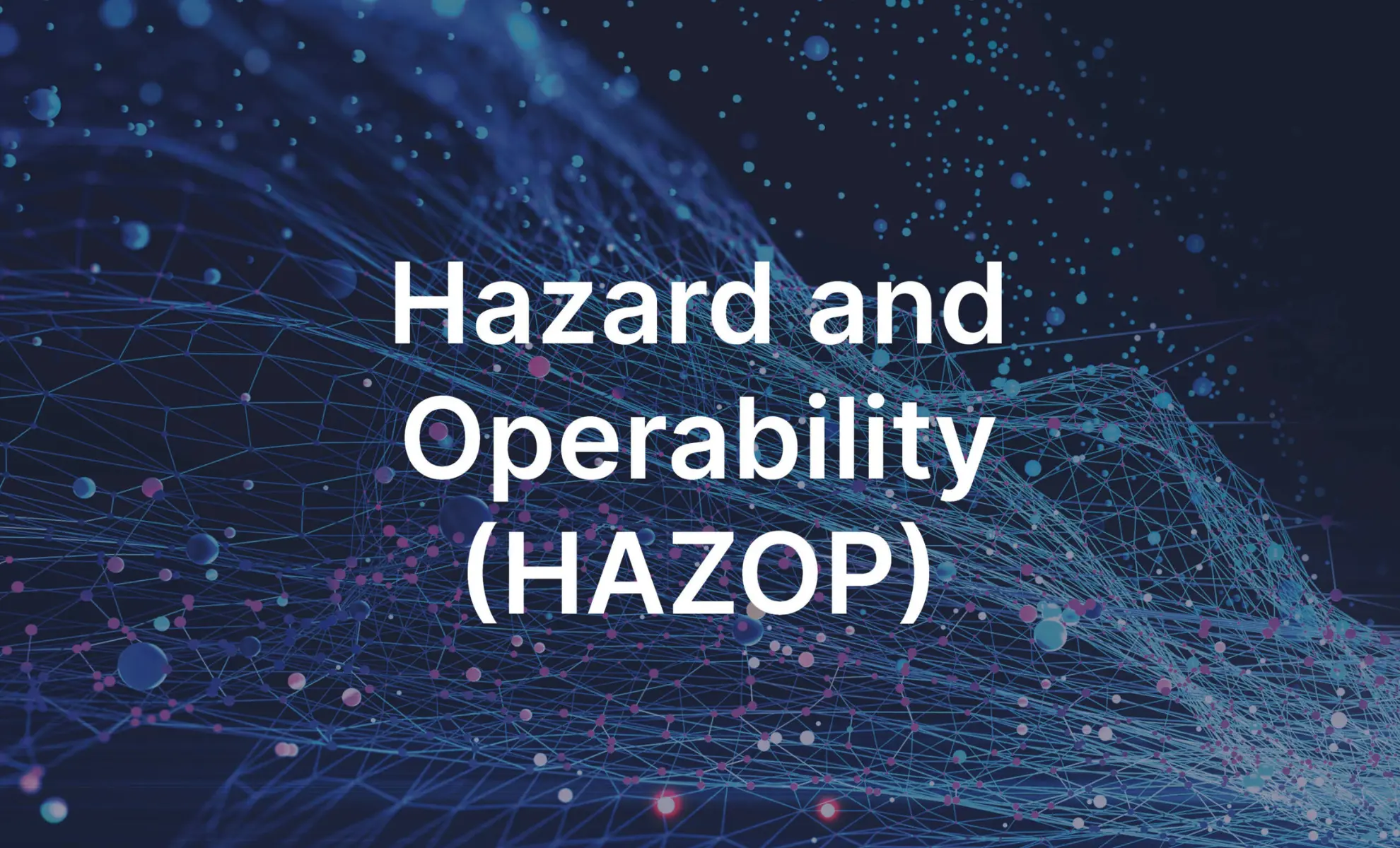

Safety Instrumented Systems (SIS)
We help design and verify SIS to ensure they perform their intended safety functions—such as triggering shutdowns in case of abnormal conditions.
Our Services Include:
- Determining Safety Integrity Level (SIL) using LOPA or risk matrices
- Developing Safety Requirements Specifications (SRS)
- Designing SIS components: sensors, logic solvers, final elements
- Conducting SIL verification and defining proof test intervals
- Managing the full SIS lifecycle for long-term reliability
Standards Followed:
IEC 61511, IEC 61508, ISA S84
LOPA (Layer of Protection Analysis) Study
LOPA is a semi-quantitative risk assessment method used to evaluate whether existing or proposed independent protection layers (IPLs) are adequate to reduce the risk of hazardous events to acceptable levels. It bridges the gap between qualitative methods (like HAZOP) and quantitative risk assessments (like QRA).
Objectives of LOPA
- Identify hazardous scenarios
- Estimate the frequency and consequences of each scenario
- Determine if existing safeguards are sufficient
- Evaluate the need for additional protection layers (e.g., Safety Instrumented Functions – SIFs)
- Assign Safety Integrity Levels (SIL) to SIFs
Standards Followed
- IEC 61511 – Functional Safety for the Process Industry Sector
- IEC 61508 – Functional Safety of Electrical/Electronic/Programmable Safety-Related Systems
- CCPS LOPA Book – Layer of Protection Analysis: Simplified Process Risk Assessment (AIChE/CCPS)
- ISA TR84.00.02 – Guidelines for LOPA
RAM (Reliability, Availability, Maintainability) Studies
Purpose
RAM studies assess the system’s ability to perform its intended function over time. They help optimize design for reliability, ensure operational efficiency, and inform decisions regarding maintenance and spare parts strategy.
Key Components
- System Description
- Functional overview
- Block diagrams (Reliability Block Diagram – RBD or functional diagrams)
- System boundaries and assumptions
- Data Collection
- Failure and repair data (MTBF, MTTR)
- Manufacturer reliability data, historical field data, or industry databases (e.g., OREDA, IEEE Gold Book)
- Model Development
- Reliability Block Diagrams (RBD)
- Fault Tree Analysis (FTA)
- Event Tree Analysis (ETA)
- Markov Models or Monte Carlo simulations (for complex systems)
- Analysis Metrics
- Reliability (R) – probability of no failure in time t
- Availability (A) – proportion of time system is operational
- Maintainability (M) – ease and speed of repair
- MTBF – Mean Time Between Failures
- MTTR – Mean Time To Repair
- System Downtime estimates
- Spare part optimization
- Sensitivity Analysis
- Impact of failure rate variation
- Redundancy optimization
- Critical component identification
- Results & Recommendations
- RAM KPIs summary
- Recommendations for design improvements
- Maintenance strategy suggestions
- Spare parts and logistics planning
Applicable Standards
- IEC 61078 – Reliability Block Diagrams
- IEC 61703 – Mathematical expressions for reliability, availability, maintainability
- IEC 60300 series – Dependability management
- ISO 14224 – Collection and exchange of reliability and maintenance data
- IEEE 3006.7 – Reliability modeling and evaluation of electrical systems

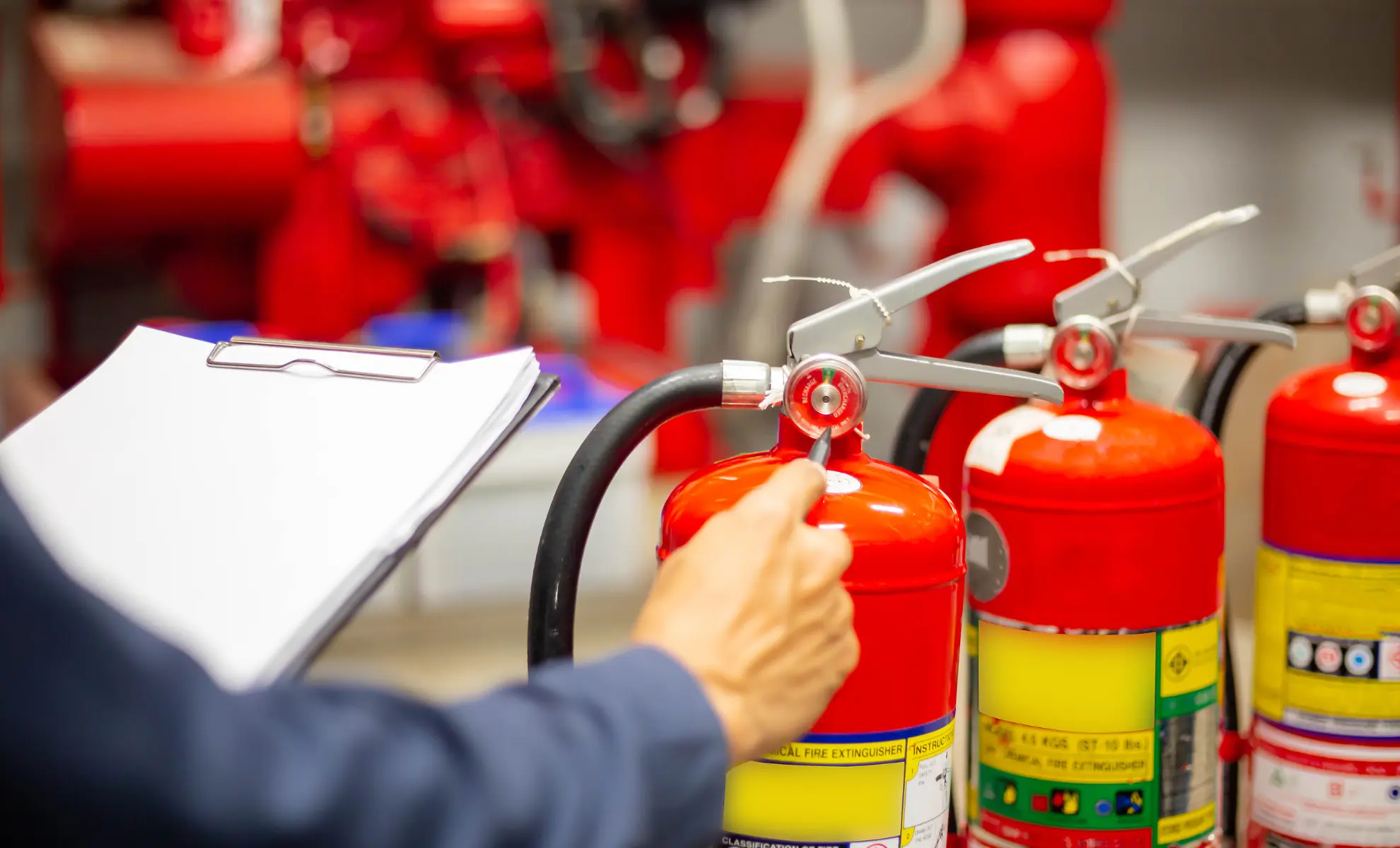
FMEA (Failure Modes and Effects Analysis)
Purpose
FMEA identifies potential failure modes within a system, their causes and effects, and prioritizes them to mitigate risk and enhance design or operational reliability.
Types of FMEA
- Design FMEA (DFMEA) – Applied during product or system design
- Process FMEA (PFMEA) – Applied during manufacturing or process planning
- System FMEA – Evaluates failure impacts at system-level
Key Components
- System Breakdown
- Define system, sub-systems, and components
- Identify interfaces and boundaries
- Failure Mode Identification
- Potential ways a component may fail
- Effects of Failure
- Local, system-wide, and end-user impacts
- Causes of Failure
- Root cause analysis (RCA), 5 Whys, or Ishikawa diagram
- Detection & Controls
- Existing design/process controls that prevent or detect the failure
- Risk Assessment
- RPN (Risk Priority Number) = Severity × Occurrence × Detection
- Alternatives: Action Priority (AP) rating (as per AIAG-VDA)
- Recommended Actions
- Design changes, maintenance strategy, operational controls
- Follow-Up
- Track mitigation actions
- Recalculate RPN or AP after improvements
Applicable Standards
- IEC 60812:2018 – Analysis techniques for system reliability – FMEA
- AIAG-VDA FMEA Handbook (2019) – Automotive industry FMEA best practices
- MIL-STD-1629A – Procedures for performing FMECA (military standard)
- SAE J1739 – Guidelines for automotive FMEA
- ISO 14971 – Risk management for medical devices
Deliverables in Both Studies
- Executive summary
- Methodology and assumptions
- Input data and sources
- Detailed analysis (RAM model/FMEA worksheet)
- Sensitivity analysis (RAM)
- Risk prioritization table (FMEA)
- Recommendations
- Appendices (supporting calculations, reliability data, diagrams)
Combustible Dust Risk Assessment (CDRA) – Service Description
Overview
A Combustible Dust Risk Assessment (CDRA) is a systematic evaluation of the potential for combustible dust-related fires and explosions in industrial facilities. It identifies hazardous dust accumulation points, evaluates ignition sources, and determines the adequacy of existing protection measures, in accordance with national and international safety standards.
This service helps facilities comply with regulatory requirements, prevent catastrophic incidents, and implement cost-effective risk mitigation strategies.
Objectives of the CDRA
- Identify areas where combustible dust hazards exist
- Determine the explosibility and combustibility characteristics of dust
- Evaluate process conditions and equipment that could lead to deflagration or explosion
- Recommend engineering and administrative controls to reduce risk
- Ensure compliance with applicable codes and standards
Applicable Standards and Regulations
- NFPA 652 – Standard on the Fundamentals of Combustible Dust
- NFPA 61, 654, 484, 655, 664 – Industry-specific combustible dust standards
- OSHA 29 CFR 1910 Subpart Z – Hazardous Substances and PSM guidelines
- OSHA CPL 03-00-008 – National Emphasis Program (NEP) for Combustible Dust
- ATEX 137 / Directive 1999/92/EC – EU requirements for explosive atmospheres
- ISO/IEC 80079-20-2 – Combustible dust properties for classification
When Is a CDRA Required?
- During design or modification of facilities handling dust
- For compliance with NFPA 652, which requires a Dust Hazard Analysis (DHA)
- After a process change, incident, or new material introduction
- As part of a Process Hazard Analysis (PHA) program
Team Composition
- Process Safety Consultant (Lead Assessor)
- Plant/Process Engineer
- Maintenance & Operations Personnel
- Electrical Engineer (for ignition source review)
- Industrial Hygienist or Dust Testing Specialist (optional)
Key Elements of the CDRA
- Material and Process Review
- Inventory of dust-producing materials
- Review of MSDS/SDS for explosibility indicators
- Sample collection for lab testing(optional) (K<sub>st</sub>, P<sub>max</sub>, MIE, MEC, MIT)
- Review of process equipment: dryers, mixers, hoppers, conveyors
- Facility Walkthrough
- Inspection of dust accumulation locations
- Identification of dispersion and containment weaknesses
- Evaluation of ventilation and housekeeping practices
- Ignition Source Analysis
- Mechanical sparks, static electricity, hot surfaces
- Electrical classification of equipment
- Welding/hot work procedures
- Dust Explosion Pentagon Analysis
Evaluate the five key elements:
- Fuel (combustible dust)
- Dispersion (airborne cloud)
- Oxidizer (air)
- Confinement (building, duct, vessel)
- Ignition source
- Dust Hazard Analysis (DHA)
- Identification of credible deflagration/explosion scenarios
- Assessment of likelihood and consequences
- Evaluation of existing safeguards:
- Deflagration venting
- Suppression systems
- Isolation valves
- Inerting systems
- Housekeeping programs
- Risk Evaluation and Ranking
- Risk matrix or semi-quantitative scoring (likelihood × severity)
- Gap analysis against applicable standards
- Recommendations and Mitigation Measures
- Engineering Controls: spark detection, venting, isolation
- Administrative Controls: SOPs, maintenance, housekeeping
- Electrical upgrades per NFPA 70 (NEC)
- Dust testing and monitoring plans
CDRA Deliverables
- Combustible Dust Risk Assessment Report
- Executive summary
- Description of materials, process, and facility layout
- Dust test data summary (optional) (K<sub>st</sub>, P<sub>max</sub>, MIE, etc.)
- Hazard scenarios and risk evaluation
- Existing safeguards and their adequacy
- Gap analysis and compliance review
- Actionable recommendations
- Dust Hazard Analysis (DHA) Table
Node-by-node or process-by-process documentation of hazards and controls. - Explosion Protection Map or Layout (optional)
Annotated layout showing hazardous areas and protection systems. - Compliance Checklist
Checklist based on NFPA 652 and applicable industry-specific standards. - Implementation Roadmap
Prioritized action items with suggested timelines and responsibility assignments.


Human Factors Assessment in Industrial Applications
Overview
At MHI Risk Engineers, we understand that human reliability is a critical component of overall process safety. Our Human Factors Assessment (HFA) services are designed to systematically evaluate how humans interact with industrial systems—ensuring that the design, procedures, and organizational structures support safe, efficient, and error-free operations.
What Are Human Factors?
Human factors refer to the environmental, organizational, job, and individual characteristics that influence behavior at work in a way that can affect health, safety, and performance. This includes:
• Human-machine interaction
• Fatigue and workload management
• Situational awareness
• Communication and teamwork
• Control room ergonomics
• Training and competence
• Procedures and operational discipline
Failures in these areas often contribute to major accidents, including those seen in high-hazard industries like oil and gas, chemicals, mining, and power generation.
Why Human Factors Matter in Process Safety
Human error contributes to a significant proportion of industrial incidents. However, most errors are system-induced and predictable. Through proper assessment and design, we can engineer out errors and build resilience into operations.
Our Human Factors Assessment Approach
We apply a systematic, risk-based methodology aligned with best international practices. Our process typically includes:
1. Task Analysis
Identify and assess safety-critical tasks and human error potential.
2. Interface Design Review
Evaluate control rooms, HMIs, alarms, and physical workspace layout.
3. Organizational and Procedural Review
Assess shift handover, permit-to-work systems, fatigue management, and competency.
4. Human Reliability Analysis (HRA)
Use structured techniques like THERP, HEART, or SPAR-H to estimate error likelihoods.
5. Recommendations & Integration
Develop practical mitigation measures integrated into existing safety management systems (SMS).
Applicable Human Factors Standards and Guidance
We align our assessments with globally recognized standards and guidelines, including:
United Kingdom
• HSE Human Factors Roadmap – Health and Safety Executive (UK)
• Reducing Error and Influencing Behaviour (HSG48) – HSE
• OGUK Guidelines for Human Factors Integration – Offshore UK
• Energy Institute Human Factors Framework
United States
• ANSI/ISA 101.01 – Human-Machine Interface Design
• API RP 770 – Control Room Management
• CCPS Guidelines for Preventing Human Error in Process Safety – AIChE
• NRC Human Factors Engineering Program Review Model
Industries We Serve
• Oil & Gas (onshore & offshore)
• Petrochemical & Chemical Processing
• Power Generation
• Mining & Metals
• Food & Beverage Manufacturing
• Pharmaceutical and Biotech
Why Choose MHI Risk Engineers?
With a deep understanding of both technical systems and human behavior, we bring a balanced, evidence-based approach to human factors assessments. We don’t just audit—we collaborate with your teams to build safer, smarter, and more resilient operations.
Let’s put people at the center of safety.
Contact us today to learn how we can support your plant or project with a tailored human factors solution.
Would you like this content formatted into a downloadable Word or PDF document for marketing or proposals?
